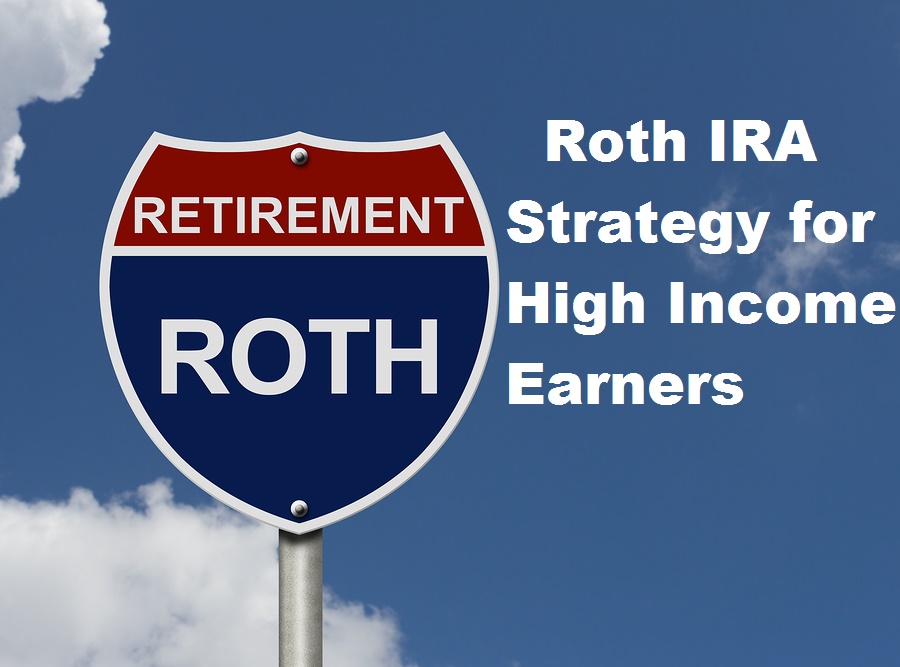
There are three cold, hard facts you need to know:
- Women usually live longer than men.
- Women generally have lower lifetime earnings than men.
- Women usually reach retirement with smaller pensions and assets than men.
So, the question becomes, what are you going to do about it?
On average, Social Security only replaces about 40% of your pre-retirement earnings. If you want to have a comfortable retirement, you’re going to need other income.
What do I mean by other income in retirement?
In retirement, other income would include pensions, 401(k) money, IRAs, investments like stocks, bonds, CDs, or even real estate. It could even be income from a part-time job. Just remember, the older you get, the less you’re going to want to work. Retirement funds are for the long term. It’s not your Mad Money.
What’s Mad Money?
When I was a teenager, my mother always made me carry “mad money”. It was so that if I was out on a date and things weren’t going well, I could always grab a cab and go home. Back in my time, mad money was $20.
And while “mad money” sounds like a pretty old fashioned concept, women having their own money is a pretty sound strategy for all ages. What’s crazy is that we’re in the 21st century and I’m still writing about women having their own money.
As we talk about building your assets, the first account you need is your savings – or mad money. You should have enough to cover 6 months worth of expenses in case of emergency. This isn’t your Disney World or Hawaii fund, Mad Money is your “when the sh*t hits the fan” fund.
How Do I Save for Retirement?
While the Mad Money account is probably the most important thing you need, you don’t want to not save for retirement because you didn’t reach your Mad Money goal. Some people never seem to fully fund their Mad Money accounts so I suggest that you work on both at the same time.
First, you need to set a savings goal – whether it’s 10% of your income (always a good bench mark) or whether you need to be more modest, set a goal and stick to it. Put half of your savings into your Mad Money account and the other half into a Roth IRA. A Roth IRA grows tax free, and if you have an emergency, you can take out what you put into it without penalties or taxes.
Once you’ve fully funded your Mad Money account, you can be more aggressive with your retirement funds. I don’t like to see people only put money into their 401(k)s or traditional IRAs if they don’t have any other savings. If you get hit with an emergency and need the cash, not only do you have to pay tax on that money when you take it out of your 401(k), but there’s a 10% penalty for taking it out early (before age 59 and 1/2) so you don’t want to get burned.
Mad Money is Funded, What’s Next?
First, if you’ve fully funded your Mad Money account, pat yourself on the back, that’s pretty awesome! Next, is my list of how you should save for retirement. This list is my “opinion”. If you have access to a financial advisor, it’s a good idea to talk with her (or him) for more personalized advice.
The Savings Priority List
- If your employer has matching funds, you want to put at least as much into your work retirement plan as your employer matches. Think about it. An employer match is a 100% return on your investment. 100%! If you put money into a savings account at your bank and get a 2% interest rate that’s considered really good. So what’s a 100%? Phantasmagorical! (That must be a real word, my spell check didn’t blink.) An additional bonus here is that 401(k) contributions aren’t taxed until you withdraw them and the earnings grow tax free. I like the employer match if you can get it.
- Roth IRA/Roth 401(k). If you’ve maxed out on your employer match, then my next step is to put money into a Roth IRA or Roth 401(k) if that’s an option for you. Roths don’t give you any tax advantage up front like a traditonal IRA or 401(k), but the money you invest grows tax free and when you take the money out at retirement you pay no tax on it. Tax free retirement income is really nice to have. And Roth money is a good back up to your Mad Money when life throws you a curve ball.
- Traditional 401(k). If you’ve maxed out your Roth contributions and still have money left for retirement savings, it’s time to go back and fill up your 401(k).
If you have a job where you’re able to fully fund your 401(k) and still have funds to invest towards retirement, then it’s seriously time to get a financial advisor. There are all sorts of awesome investment opportunities available and clearly that’s way beyond the scope of this blog post.
Here’s the thing. If you’re in your 20’s or 30’s, retirement seems really far away, and saving for retirement seems almost impossible when you’re trying to buy a house, raise a family, or pay your student loans. But remember, the earlier you start, the better off you are. And – for those of you who are much closer to retirement age – it’s never too late to start!









